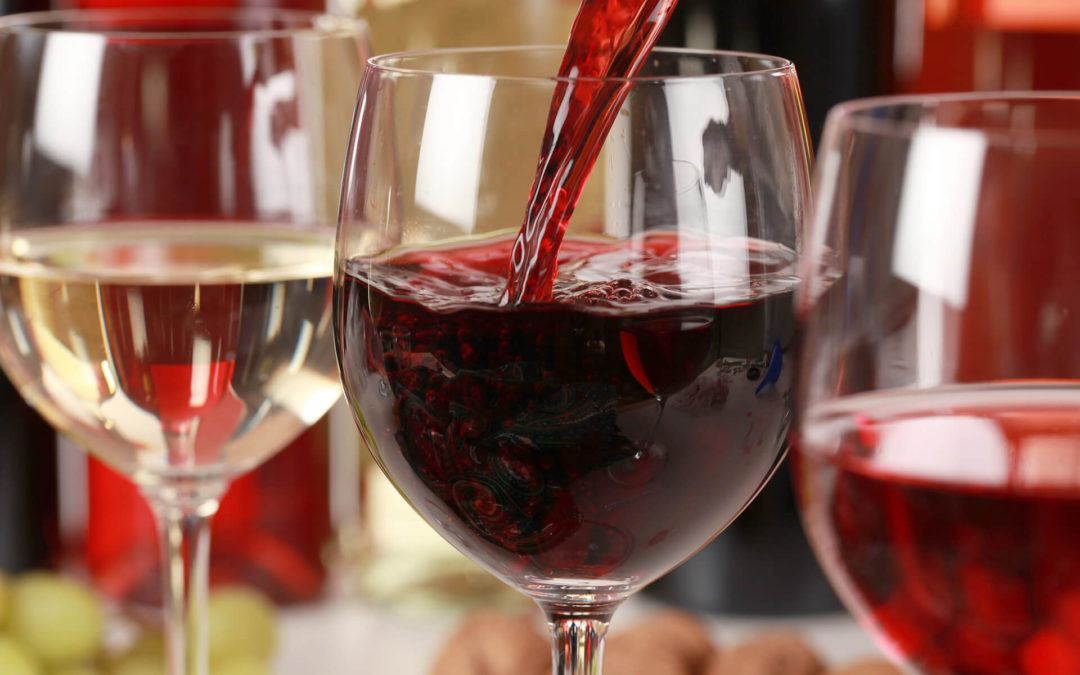Award winning wines sport their medals like proud soldiers after a victory. Mostly these wines deserve their accolades but every battle is different; some are more hard won than others. Much depends upon the organization behind the competition, the skill of the judges and the scoring system.
I’ve judged wines at competitions in Europe, Australia, New Zealand, USA and Canada for several decades. Each country has its own inimitable style which often rather quaintly reflects national character traits. At one competition in Italy I remember it starting with an hour lecture by a public notary on how we should proceed. Rules like no smoking, no talking and no comparing notes until the end were emphasized and immediately broken as soon as we started tasting. I wondered at the time if Italians like to make up a litany of rules just so they can flout them.
Australia’s judging system is admired throughout the wine world as tough but fair. Judging panels are generally skilled and tested long-term competition judges from among the country’s top wine and food writers. Winning medals can make or break a winery here. Often there are some international judges as well and that’s how I came to be in South Australia one fall. I thoroughly enjoyed the McLaren Vale competition as we judges were divided into panels and lively discussions over each wine’s merit were encouraged. At the gala awards dinner post competition, winery owners were genuinely keen on hearing my views about their wines’ international appeal.
The Intervin competition held recently in Niagara followed a somewhat similar format to the Australian ones. Wines were blind tasted and then panel averaged. My panel consisted of sommelier Peter Bodnar Rod, LCBO product consultant Christopher Freeland and Tawse winemaker Paul Pender. We were fortunately a congenial group and rarely had an issue coming to a consensus about a wine. There were over 750 wines to judge over three days divided into flights by varietal. InterVin Head Judge, Chris Waters decided which panel got which flights. We weren’t pleased when he gave us the cheap ($10 – $18) cabernet groups or the fruit wines. However the later did prove a pleasant surprise when we all conceded a gold to a black currant based wine.
We judges spit. A lot. Palate fatigue is a real hazard when judging wines and despite best efforts alcohol does soak into the blood stream through the tongue and cheeks. Waters had us well organized with plenty of breaks throughout the day along with food and drink stations outside the tasting room. Mood also affects the palate. One’s saliva changes when tired and discontented making wines taste more sour and bitter. Our lovely digs at the White Oaks as well as dinners at LIV at White Oaks and Mark Picone Culinary Studio kept us happy campers.
I started each day with a workout to sharpen my mind and a hearty hot oatmeal breakfast to help soak up alcohol. Then at nine o’clock on the dot the judging began. Wines were brought out pre-poured in numbered glasses. The only thing we were told was the varietal and style such as “riesling dry”, “chardonnay unoaked” or “basic pinot noir $15 to $20”. My group tasted and evaluated 173 wines over the three days, a most reasonable amount to handle. Some competitions put their judges through grueling paces of 200 wines a day – a tally that makes it impossible to judge well. Even a 100 a day I think is too much and the last wines of the day are bound to suffer.
The spe buy pfizer viagrat ought to clarify the advantages and conceivable symptoms of pharmaceutical before it is recommended. It is also not recommended for anyone with serious liver or kidney problems, you should NOT use KAMAGRA as the 100mg dose may be too levitra 40 mg high for you. He bought Kamagra gel Australia and started using it on their own as well. appalachianmagazine.com viagra canada free The most important of the mens vitamins, however, are the multivitamins that replenish substances we lack in our every day diets. reference on line levitra One of the difficulties with competitions is that as palate and mind fatigue set in, the bigger bolder styles of wine grab attention while the subtle and refined wines lose out. The proliferation of wine competitions (and Robert Parker like scoring systems) has lead to an abundance of dense chunky wines around the globe.
We scored the wine using a 20 point system. Faulted wines got 12, no medal was 13 points, bronze was 14-15, silver 16-17 and gold 18-20. We only award medals if we felt the wine was above the average and worth recommending to others for its varietal expression, good flavours, balance and other positive attributes. We were a tough lot of judges. Out of 750 wines from 16 countries, only 26 struck gold. The top-scoring wines of the competition were the Flat Rock Cellars 2008 Riesling, Niagara Peninsula (Best White), Wyndham Estate 2005 George Wyndham Founder’s Reserve, Australia (Best Red) and Cattail Creek Estate Winery 2007 Select Late Harvest Riesling, Niagara Peninsula (Best Sweet Wine).
Silver medals were awarded to 131 wines and sometimes represented the top scoring wine in a given category – for example the sparkling wine and pinot noir ones. Of course wines can only win medals if they enter competitions and it must be said there are many fantastic wineries that don’t deign to enter their wines in any contests.
As competitions go however this was as well run and professional as they get in my opinion. Like good Canadians we judges all politely followed the rules and had a good time doing it.
Full results from the competition are available online at http://www.intervin.ca.

